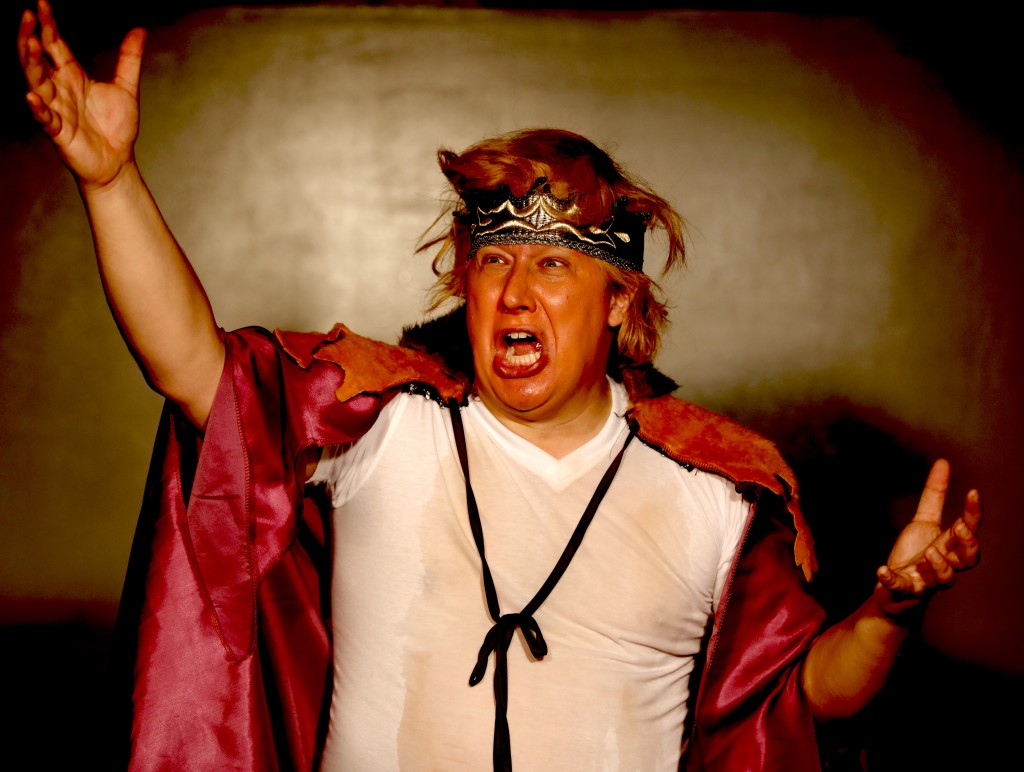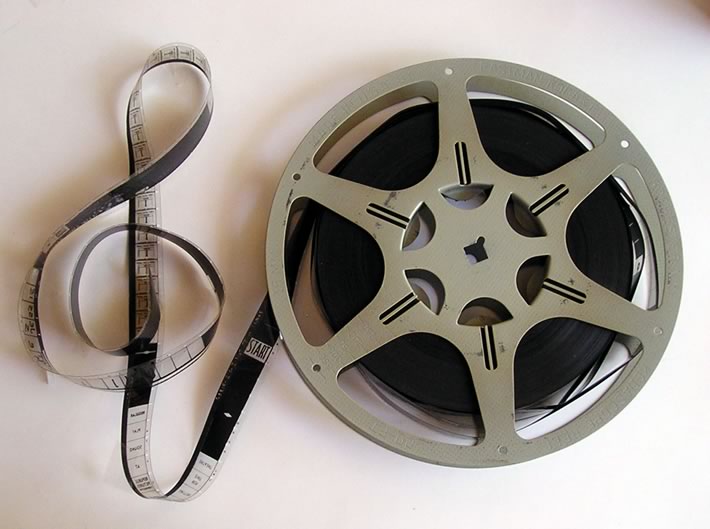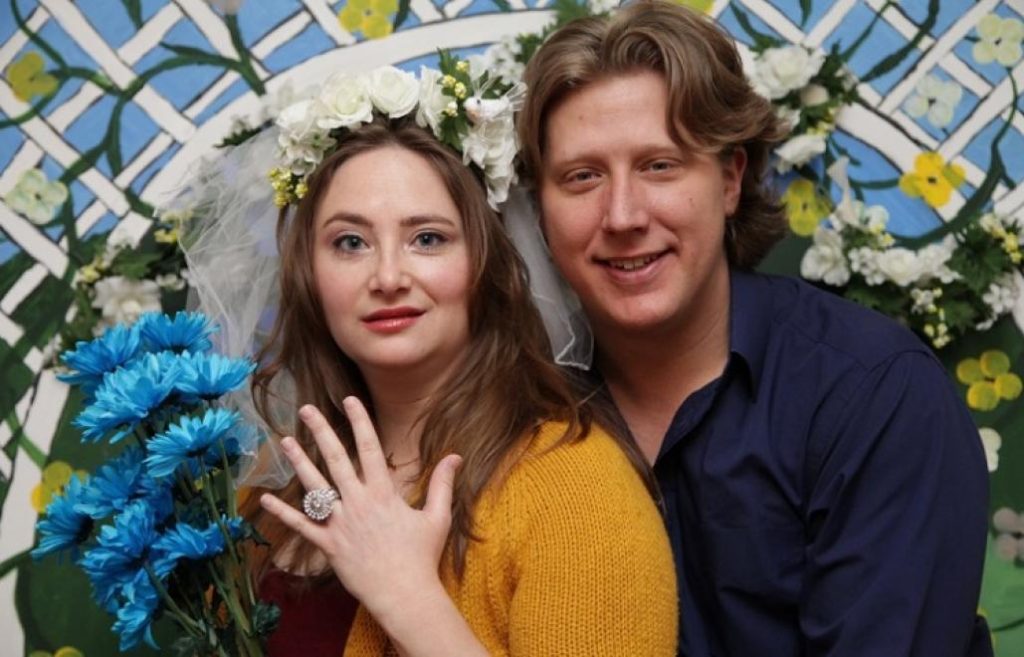by: Christian Niedan
The seventh installment of a twelve part series, recounting and expanding upon an array of interviews with an assemblage of historians and history-infatuated filmmakers. The series continues with a look at a pairing of environmental disasters in the country of Kazakhstan, as well as the impact of Genghis Khan, Stalin, and the Cold War had on the region, with an interview with Kazakhstan-born artist Almagul Menlibayeva…

The Aral Sea was once the world’s fourth-largest lake — a vast saltwater expanse that, at the dawn of the 1960s, stretched over 26,000 square miles between Kazakhstan and Uzbekistan. It was during that decade when the Soviet Union diverted two rivers feeding the Aral (the Amu Darya and Syr Darya), rerouting them to irrigate neighboring cotton fields. The result was that the Aral shrank to a fraction of its former size, and the remaining waters split into much-smaller bodies. The shorelines of these new lakes lay far away from what were the old Aral’s coastal fishing communities, with those in the dried-up eastern basin occupying what is now known as the Aralkum Desert.
As the Aral shrank, Kazakhstan-born artist Almagul Menlibayeva observed the resulting environmental and societal devastation in her country’s southern region. Meanwhile, she also watched an unfolding fallout in the north of Kazakhstan, in the barren expanse of what had been the Soviet-era Semipalatinsk nuclear test field. Her artistic response to these two defiled wastelands was creating two short films that express the ecological and psychological issues impacting former-Soviet satellite nations like Kazakhstan two decades after gaining their independence. I interviewed Menlibayeva in May 2014 for my film website, Camera In The Sun, and she discussed the history of Kazakhstan’s fraught Soviet relationship:
Almagul Menlibayeva: “Kazakhs were nomads. But in 1932, when the Soviet Union was in need of money to build up, they took from the Kazakhs all their camels and horses and possessions. This was the only way they made a living — and they took everything, and a lot of people just died from hunger. They suffered terrible years of hunger. During these two years, about thirty percent of the nomads died. That time rests deeply in the memory of any Kazakh. Then, everything became so Soviet-ized. In the Soviet Union, there was a kind of friendship between nations. But this was more like a conceptual friendship. It’s as if there was only one artist – but it is easier to say, Stalin. So, how he sees it: ‘What is this national friendship?’ What it is: There was national nihilism. So there was some kind of picture of how to look like Ukrainians, or how to look like Kazakhs, and how in a kind of story they didn’t have this — or they had this, and how it was difficult. So before 1917, it was ‘everything was terrible.’ And after 1917…it was kind of mythological, like in the Bible. This made here a very big impact on me also while I was working on this Kazakh identity. I’m a Kazakh-born person, but I grew up in a town with a Soviet school. I was completely a Soviet child. I didn’t know my own language. Kazakhstan has 110 nationalities. During the Soviet Union, there were big programs for everything — mostly Soviet programs of agriculture or politics. It was a completely different place twenty years after 1917, and then it was a completely different place twenty years after that. So how did this [older] Kazakhstan look? How were they living? There were a lot of things that you really don’t understand, and you don’t know. But the possibility to understand and research a lot of things came after 1993, and slowly people start to discover. Actually, I remember they didn’t believe when Yeltsin told them there was no Soviet Union. ‘What is he saying? This is a drunk Russian.’”
When looking back beyond Stalin to study pre-Soviet Kazakh history, and the nomads who have long roamed its vast grasslands, another of history’s most famous/infamous leaders continues to loom large over the country’s national identity, even 800 years after his death…
Menlibayeva: “In Kazakhstan, there are many descendants of Genghis Khan. Some tribes fought for him, some tribes not. For example, when you look at Mongolia, there are different yurts, but the history and many things are not only Mongolia’s. It was actually all Eurasia, Altai, South Siberia’s history. There are many identities connected to the Turkic group of languages: Kazakh, Kyrgyz, Khakas, Turkish, Tatar, Azerbaijani, Turkmen. One’s identity is strong, and then the other is Genghis Khan history. Each country’s ruler tried to marry someone from the Genghis Khan family. It was like a European royal family. Something that changed the landscape was when Islam came to Central Asia. That was a difficult time, I think. Some people do not agree with me, but I think the real interesting culture (the nomads) started to lose their own real culture. So I think one change was when Islam came, and the second one was the Soviet Union. It was like an ideology which takes all your attention, one hundred percent. So you have to change yourself. Personally, when I look at myself, I would like to understand who I am. I have these kind of influences. So I try to take out one influence, and then another, and then I can understand who I am. I also read a lot about the art of the nomads. The art of the nomads was absolutely unpredictable. There were a lot of sad stories and dramatic stories. Women were beautiful, or very ugly. There was a wide palette of how it was. What we know remains a lot of very mysterious stories. For example, there is a legend about one man named Korkit, born old from childhood. Everywhere he went, he was running away from his death. This is very cinematic. There is a strong image that we are running from death, or would like to live longer. We are afraid to be old. But in Soviet art (and Soviet art after the fall), we don’t have this. Everything is very formal. I think after fifty to sixty years, if you look and see what they did, you will not find anything, as there is no emotional truth. There’s nothing there, because you remember something if it was really sincere. With dialogue, I’m sharing what I feel. Maybe someone will understand me in twenty to thirty years, or 100 years, and will recognize the same problems. I think this is very important. But this understanding of art from the Soviet time, and this post-Soviet time, makes me think that I’m struggling with something that’s dead.”
Weapons of death permanently scarred the landscapes glimpsed in Menlibayeva’s 2013 work, “Kurchatov 22.” The five-channel video installation focuses on the Soviet-era Semipalatinsk nuclear test field in northern Kazakhstan, and the ecological devastation wrought upon the surrounding steppe and its people by blasts occurring between 1949-1991, which Menlibayeva described to me:
Menlibayeva: “During the Cold War, there was a huge nuclear program running during these years, where there were about 456 explosions. It’s everything we think of the Cold War. All the experiments were there. I went there, I filmed interviews with people who were children at the time and had survived. They saw something, they heard – as some of them didn’t know what it was, as they were never informed of what could be the consequences of these experiments.
During the Soviet time, Kazakhstan was like a big laboratory. It was closed to the world. If we don’t have information about Kazakhstan, it’s because it was a secret place including the test field, Baikonur Cosmodrome. There was the gulag area with territory as big as France. There were a lot of people in gulags: so-called enemies of the state, intellectuals, musicians, writers. If you remember Solzhenitsyn, anybody Stalin consider as a danger. There were also a lot of military programs during this period. Kazakhstan started to really open its doors, and had the opportunity to invite people in, only after 1993. When you flew some places, you would see the very little airports. Those airports were only made for the military. So you see, it was quite limited. But the country played some kind of role, as it was Soviet territory during the Cold War times.
When the Soviet Union collapsed, things were left how they were. Concerning the nuclear testing, they took all the know-how with them, all the archives. There are a lot of things which people in Kazakhstan are just discovering. Like where it’s really not good to go, because many places were in secret, and you have to find the people who know these things in order to avoid the dangers. The problem is also the archives. You know, the archives of the Soviet Union are partly closed, because it became what is now Russia. I mean, there are certain things you can access, but certain things you cannot access: records of people who were sick, or died, or what they died of. There was some kind of big research during Soviet time of why people were sick. When I was there, they now had a national nuclear foundation. They go to places, and they try to protect people. They also invite people who are sick, and see why they are sick. Also animals. There were a lot of things that were affected.“
In 2011, Menlibayeva explored the effects of a disappearing Aral Sea within her 23-minute film, “Transoxiana Dreams,” shot in now-dried-up regions of what had once been Kazakhstan’s Aral coastline. The film won a main prize at Kino Der Kunst 2013. This international film festival in Munich, Germany celebrates the work of visual artists, and its jury praised Menlibayeva’s film as a “personal and intimate vision of everyday life in an environmentally damaged landscape,” as well as a “nomadic shamanesque revival through punk and surreal staged tableaux vivants.” For Menlibayeva, it was about putting a human face to an environmental tragedy.
Menlibayeva: “It was interesting when I went there, to see how people are dealing with this ecological catastrophe. When you go there, you see how people live and what they do. Of course, you see that there are problems and how they deal with all these things. I would like people to know what happened there. I told that story through the eyes of a small girl. My hero is this small girl who doesn’t understand what is going on. So now, as an artist, you can have a space to play and put in some fantasy images. I put her in this reality, and she explains what is going on. She is a victim of this situation, which she didn’t choose. She was just born into it. She says in a dream she is helping her father. So I tried to put in a lot from Kazakh culture that believes in dreams and shamanism. It transformed and became very individualistic, very personal, like child’s fear or a fantasy. I tried to make that space, and also put in a lot of information there into this dream. There was one island where, during the Soviet time, they were testing biological weapons. So the wind is blowing, and everybody is sitting at home. There is this terrible wind, which is a strange with a mixture of centaurs together with Soviets. These things are not understood by the young generation; they don’t know what happened and what is going on.”
Author’s Note (Update): In February of 2018, Menlibayeva was awarded the Chevalier Order of Arts and Letters by the Ambassador of France in Kazakhstan at the TSE Art Destination gallery in Astana, Kazakhstan.
Throughout September and October of 2018, Menlibayeva both co-curated and presented her work alongside 20 women artists from four different generations for the “Focus Kazakhstan: Bread and Roses” exhibition in Berlin, Germany — a show described by its organizers thusly:
“This show comprises work in a wide-range of media by 20 artists created from 1945 to the present. Emerging Kazakh women artists are prefaced in the show by a group of eminent forerunners who have remained more or less invisible within the history of Soviet, Kazakh and world art. Against the tumult of Stalinist repression and its aftermath, the work of these women has forged a bridge between traditional Kazakh arts, crafts and ways of living, the Soviet avant-garde of the 1920s and ‘30s, socialist realism and a completely new approach to art making that emerged from the beginning of the 1980s. The works that these great grandmothers, grandmothers, mothers, and daughters of contemporary Kazakh art have produced reflect the melting-pot of ideas and influences between east and west arising from Kazakhstan’s history of tumultuous political and social change.”





